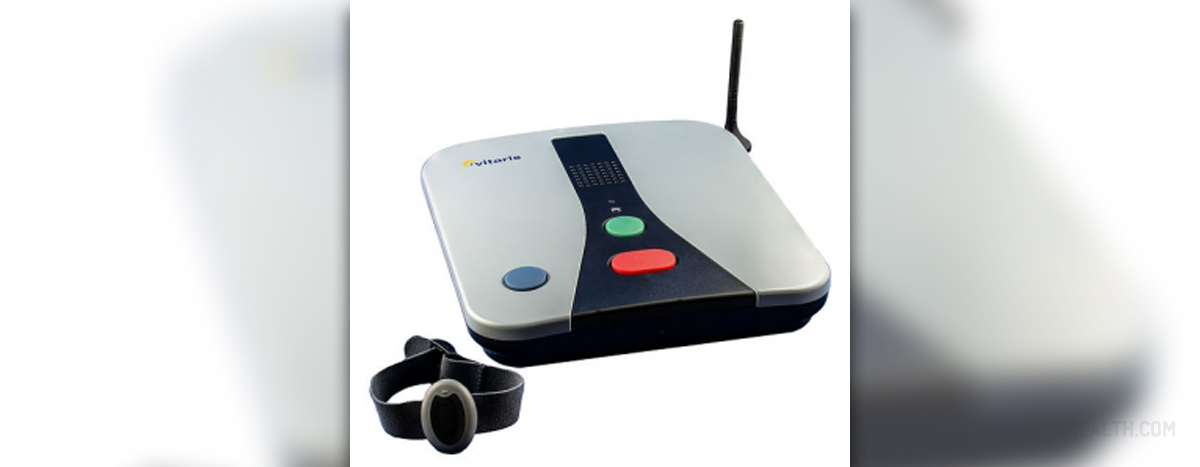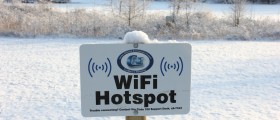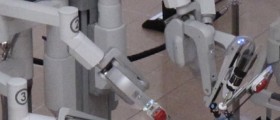
There are many means by which one can compare medical alert systems, some of which are:
value
cost-effectiveness
quality
purchase price
monthly fee
battery life
working time ranges
Many medical alert system vendors will compare their system with another to emphasize its characteristics. A medical system may come with a warranty or none, surplus endorsement. An emergency medical response system may be designed to serve the specific needs of a target audience, such as the elderly and the disabled; whereas the ones designed for use by babysitters and woodworkers have got the highest utility value.
A medical alert system may be incorporated into another design, such as a piece of jewelry in order to provide quick access without being too aesthetically apparent. Others may be wall-mounted in order to provide most convenient access.
A medical alert system may or may not have a console unit. The system typically consists of a radio transmitter, a base unit with a console, an ultra sensitive microphone, a two way speaker, and, finally, a monitoring or response center.
The system's base unit is usually connected to the monitoring stations via the Internet, typically utilizing VoIP or DSL.
Employed Technologies:
VoIP, which is short for Voice over Internet Protocol, is employed even though it is not considered a reliable medium because of certain signal distortions which occur while converting the signal from digital to analog. However, there have been companies that've solved the problem by designing a VoIP-specific software and hardware platform which eliminates the problem – which in turn allows them to use the said technology without the previously mentioned problems.
DSL Technology is used to transfer the signal in-between the base unit and monitoring stations. The said technology has some distance limitations.
The Number of Users is another way of categorizing alert systems. There are two types: individual and multiple user systems. The individual system is installed at one's home and serves beyond no further boundaries, while a multiple user system is typically placed within the building of a hospital and may serve up to a thousand users – each with his own transmitter.
Range and Backup may vary from indoors-only coverage to one that ranges up to a 15,000 feet diameter around the house. In case of a power outage, the system is provided with a backup power source which may last up to 80 hours, at best.
Lastly, it is noteworthy that special equipment may need to be installed in order to still be able to use the phone line and Internet connection whilst simultaneously being in touch with the monitoring station as well.

















Your thoughts on this
Loading...